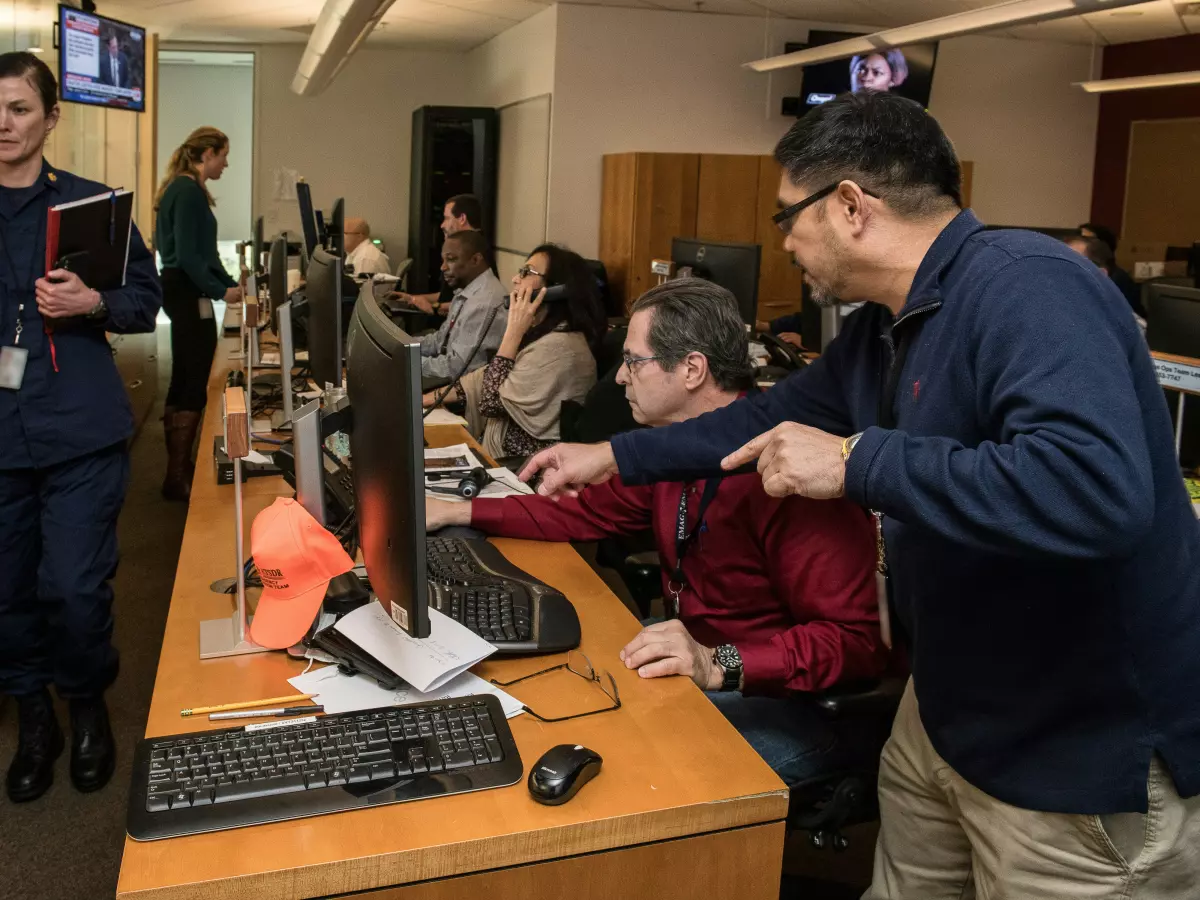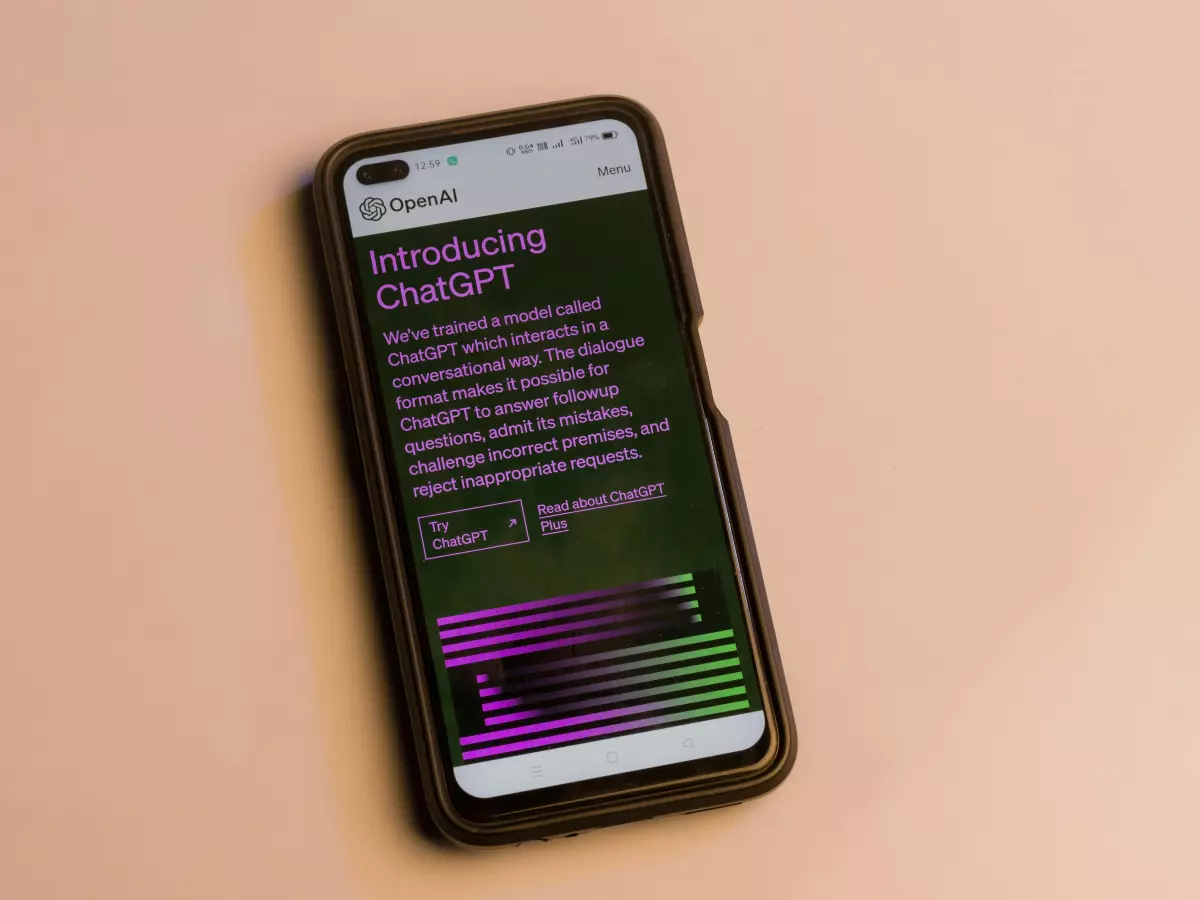Clippy 2.0?
“It’s just another Clippy,” Marc Benioff said, waving off Microsoft's latest AI innovation, Copilot, with a dismissive hand gesture. The Salesforce CEO wasn’t holding back.

By Carlos Martinez
In a world where AI is rapidly transforming industries, Marc Benioff’s recent jab at Microsoft’s Copilot AI has raised eyebrows. According to Business Insider, Benioff compared the AI tool to the infamous Clippy, Microsoft’s much-maligned virtual assistant from the late '90s. For those who remember Clippy, it was more of a nuisance than a helpful assistant, constantly popping up with unsolicited advice. So, is Benioff right to dismiss Copilot as 'Clippy 2.0'?
Let’s start with some numbers. Microsoft’s Copilot AI has already been integrated into Windows 11, and it’s not just a small update. According to Microsoft, Copilot is designed to assist users across various applications, from Word to Excel, and even Paint. But here’s the kicker—AI-driven tools like Copilot are projected to generate over $190 billion in revenue by 2025. That’s a lot of zeros for something Benioff is calling the next Clippy.
Benioff’s skepticism, however, isn’t entirely unfounded. Clippy was notorious for its intrusive nature, popping up at the worst times and offering help that nobody really asked for. It became a meme before memes were even a thing. The fear is that Copilot, despite its advanced AI capabilities, could follow in Clippy’s footsteps if it doesn’t strike the right balance between helpfulness and annoyance.
But let’s not forget, Copilot is a different beast. Unlike Clippy, which was essentially a glorified paperclip with a limited range of functions, Copilot is powered by cutting-edge AI. It can summarize documents, suggest edits, and even generate content based on user prompts. It’s like having a personal assistant that’s not just reactive but proactive. The AI learns from your behavior, adapting to your needs over time. So, is it really fair to compare it to Clippy?
Why the Clippy Comparison?
Benioff’s comparison might stem from a deeper rivalry between Salesforce and Microsoft. Both companies are competing in the enterprise software space, and AI is the next big battleground. By downplaying Copilot, Benioff could be trying to position Salesforce’s own AI tools as superior. It’s a classic CEO move—throw shade at the competition while subtly promoting your own products.
But there’s also a psychological angle here. Clippy became a symbol of what can go wrong when technology tries too hard to be helpful. The comparison taps into a collective memory of frustration, making it easy for people to dismiss Copilot without giving it a fair shot. It’s a clever rhetorical move, but is it accurate?
Microsoft, for its part, is betting big on Copilot. The company has been rolling out new AI features at a breakneck pace, with updates not just for Windows but also for Office 365 and even Paint. Yes, Paint! The humble drawing app is getting an AI makeover, allowing users to generate images based on text prompts. It’s clear that Microsoft sees AI as the future, and Copilot is at the center of that vision.
What’s Next for AI in Business?
So, where does this leave us? On one hand, Benioff’s Clippy comparison might resonate with those who are skeptical of AI’s role in the workplace. On the other hand, Microsoft’s Copilot is already proving its worth in various business applications. The truth probably lies somewhere in between. Copilot may not be perfect, but it’s far from being the next Clippy.
As AI continues to evolve, the real question isn’t whether Copilot is Clippy 2.0, but how businesses will adapt to these new tools. Will AI assistants become indispensable, or will they end up as digital clutter? Only time will tell, but one thing’s for sure—AI is here to stay, and it’s going to change the way we work, whether we like it or not.
So, what do you think? Is Copilot the next Clippy, or is Benioff just throwing shade? Let’s keep the conversation going.





